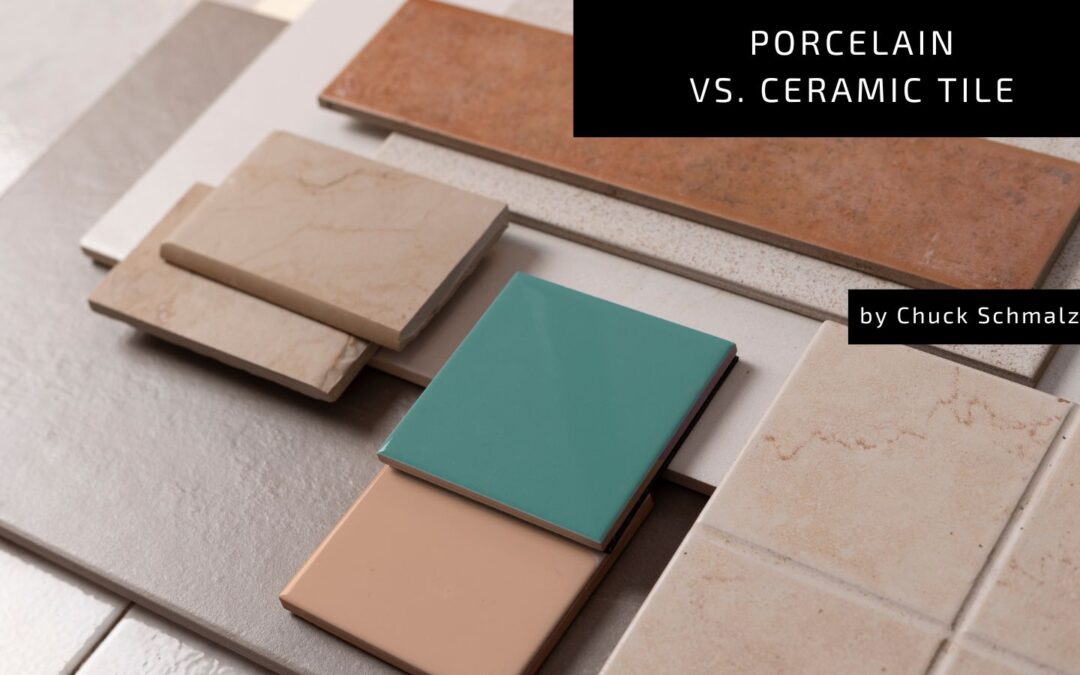When choosing a tile refresh for any room, such as a kitchen or a floor, keep ceramic and porcelain tiles in mind. These materials are known for their clean-lined appearance and durability and can be used in various styles and colors. However, some key differences between these two types of tiles are their cost and porosity.
The pros and cons of porcelain vs. ceramic tiles are discussed in this article. We can help you choose the ideal option for your home by providing you with the necessary maintenance instructions.
Porcelain Tile
Clay is used to making porcelain tiles characterized by their natural elements and refined appearance. They can be left in their original state or turned into something similar to concrete, wood, or stone once kiln-fired. Due to the clay-based construction, porcelain tile is a ceramic tile that is more durable and complex than other types.
Two types of porcelain tiles are available for homeowners: unglazed and glazed. The former, which is full-bodied, has vibrant colors throughout its entire thickness, making it more resistant to chip damage.
Compared to ceramic tiles, porcelain is the most durable type on the market. It is denser, more complicated, less porous, and almost impervious to water damage, making it ideal for areas prone to moisture, like bathrooms, laundry rooms, or patios. Since porcelain tile can endure long periods of exposure to traffic, it can be used as a countertop and flooring material.
Although porcelain can be prone to scratches and spills, it’s relatively easy to keep clean and maintain. To support its appearance looking its best, vacuum and sweep it once or twice a week, depending on how frequently it gets used. To remove dirt and build-up, use a commercial cleanser or a vinegar-and-water solution once a month.
Ceramic Tile
Compared to porcelain tiles, ceramic ones are made at a lower temperature, making them less dense, harder, and more porous. Due to the composition of the clay used, ceramic tiles are more affordable. Most homeowners choose ceramic tiles as flooring as their natural cooling effect becomes more apparent in summer.
Ceramic tile is a good choice for those looking for an affordable and versatile flooring material. It’s also easier to install than porcelain and significantly less expensive. The soft texture and clean-lined appearance make it an ideal choice for any room. Ceramic tiles can be cut with a tile cutter, and they can be customized with a variety of patterns and colors.

